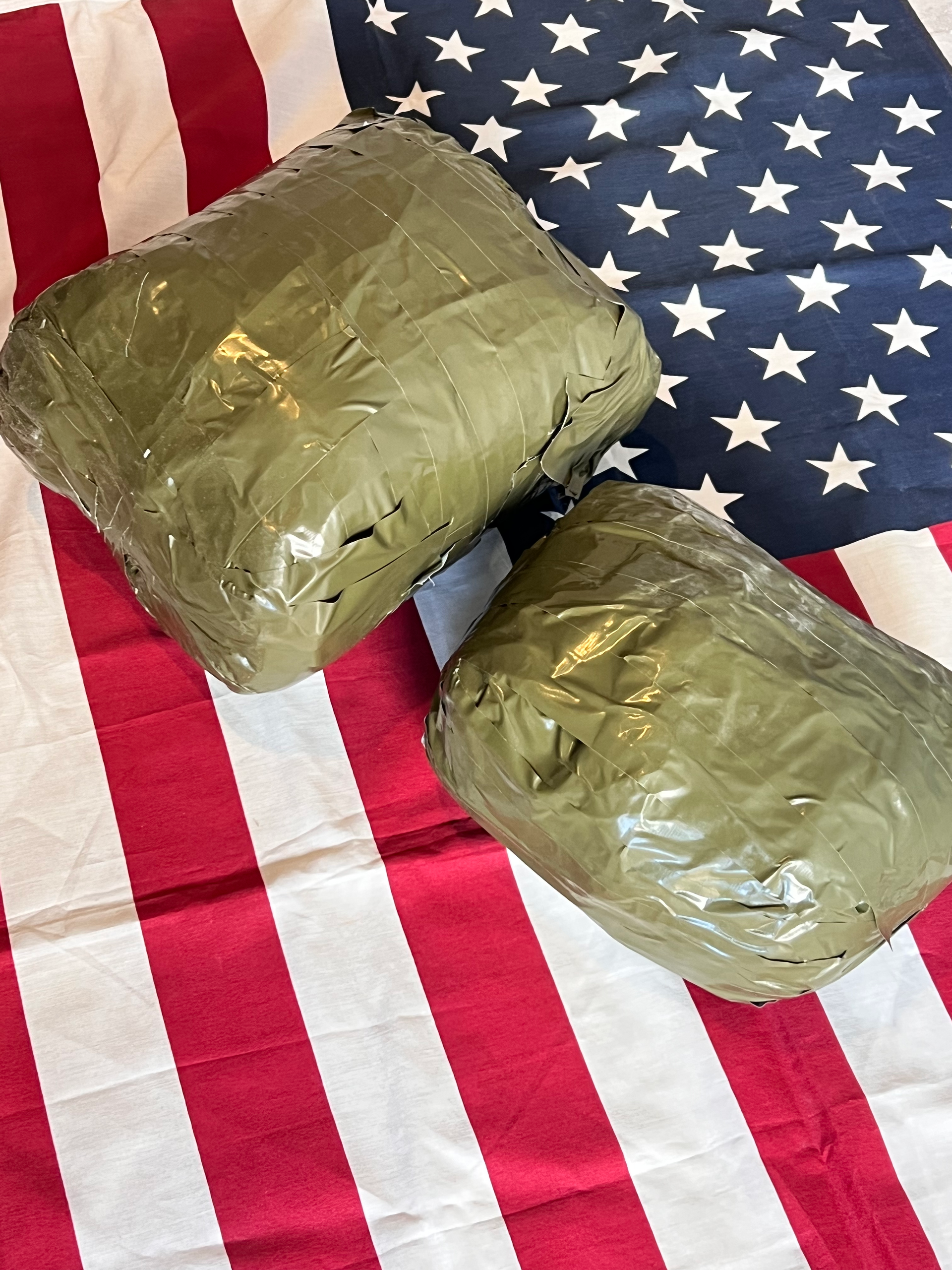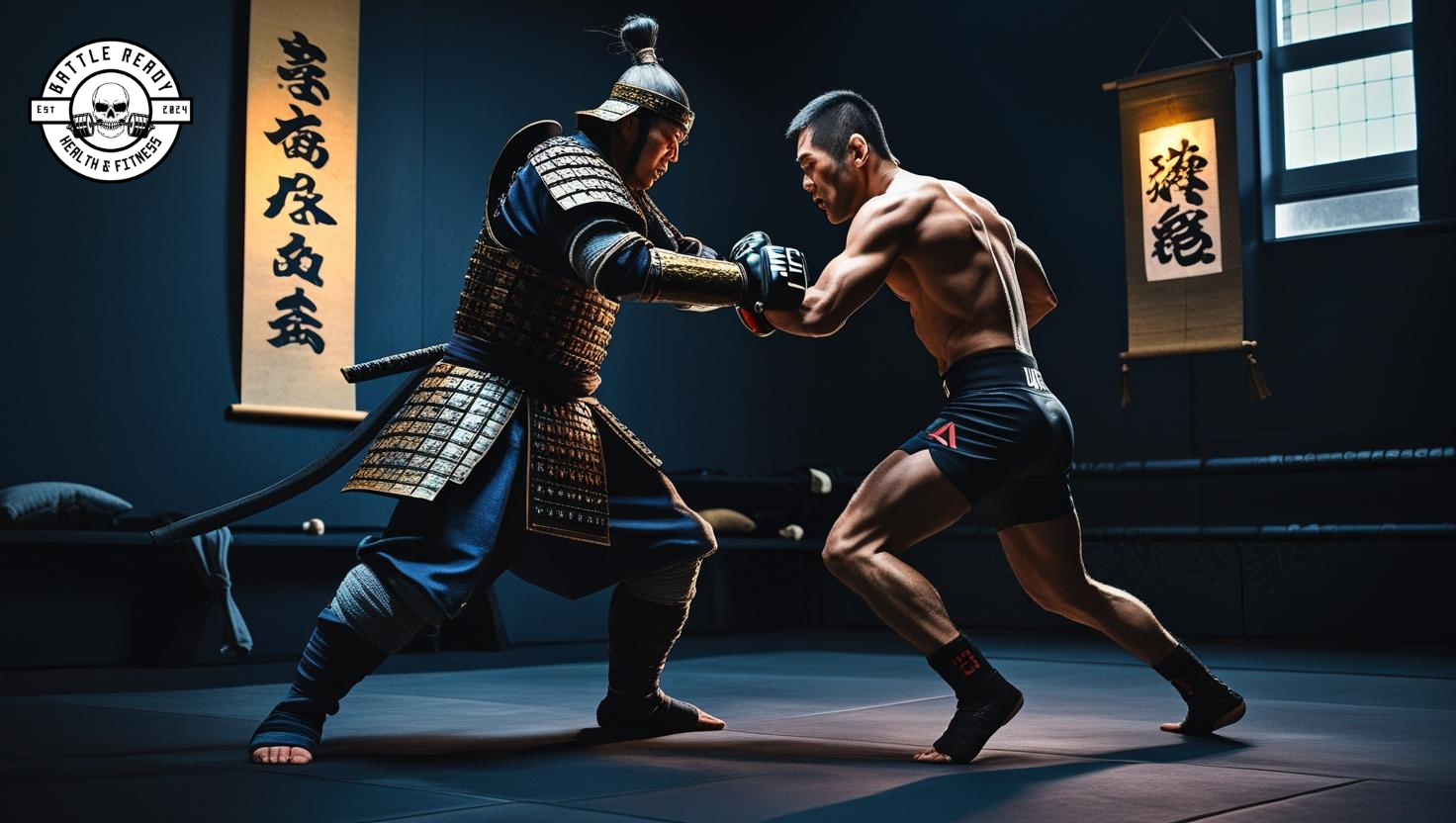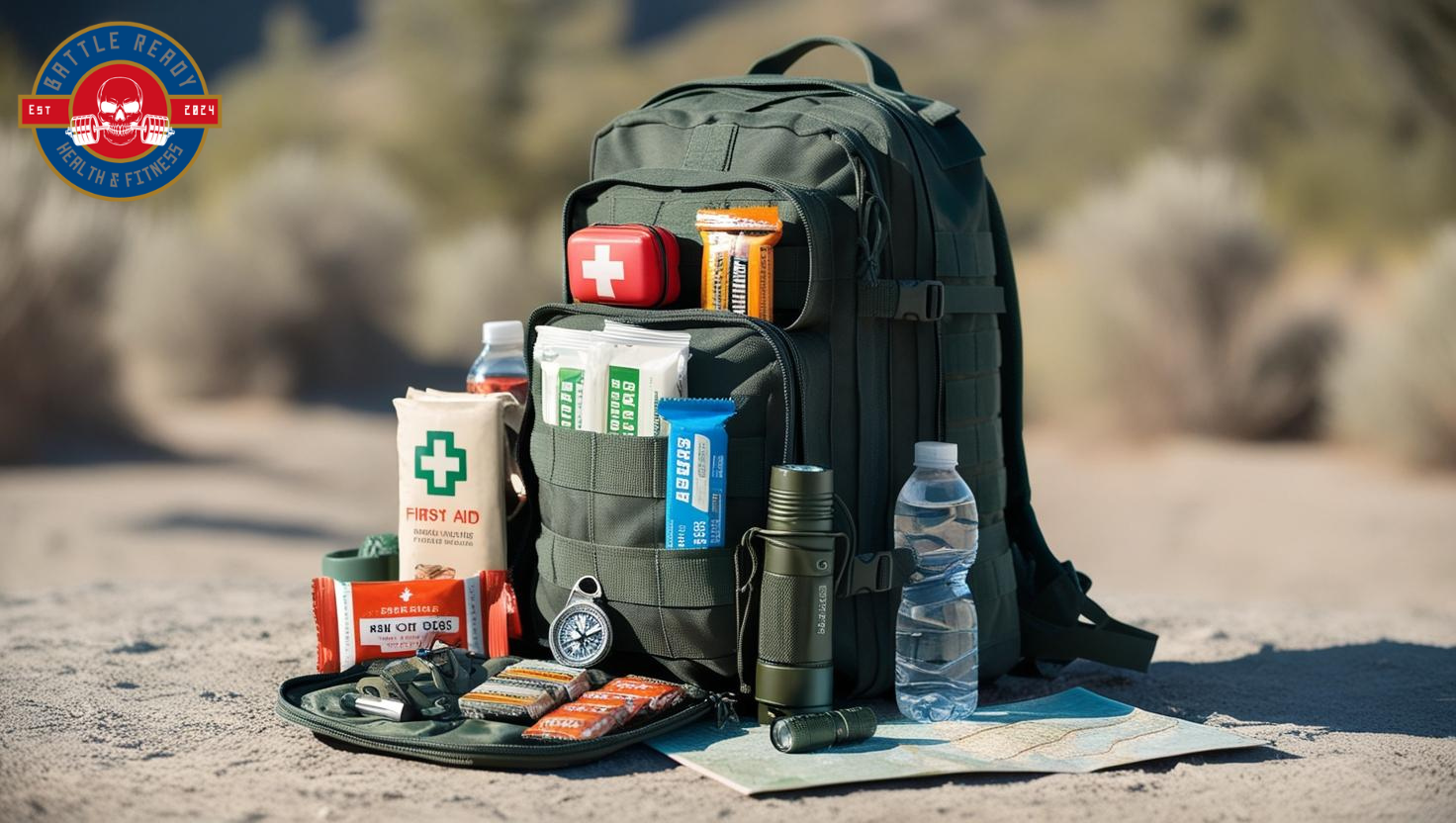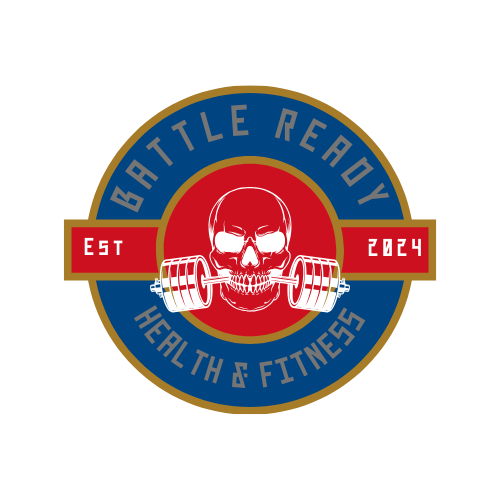Pig Egg
Pig Egg

Pig Egg is an odd name and you are probably wondering to yourself what the heck does a pig have to do with a sandbag and pigs don’t lay eggs. You’ll be shocked to find that it actually has nothing to do with the animal and like everything else in the Military it’s an acronym! PIG stands for “Professionally Instructed Gunmen” which is a term used within the Sniper Community. In the Marine Corps, a Marine is referred to as a “PIG” when they have successfully completed the Sniper Indoc (which is a “try out”) in order to join the Sniper Platoon. They remain a PIG until they are sent to Scout Sniper School located in Camp Pendleton on the West Coast and Camp Lejeune on the East Coast. After a Marine successfully graduates from Scout Sniper School, they are no longer referred to as a “PIG” but a “HOG” which stands for Hunter OF Gunmen. They even get a nice 7.62x51 NATO Round as a pendant to wear on a necklace; known as the HOG’s Tooth.
The word “Egg” I assume comes from the shape that the sandbag makes over time but I haven’t found a solid reason so if you do know leave some feedback! Anyways, the Marine known as the PIG must carry his “PIG EGG” around with him during certain events. These events vary from having the extra weight on during a hike or PT (physical training) session to just having it with them during a formation. The idea behind the Pig Egg goes back to every Marine is a rifleman and must carry their rifle on them at all times. No longer are these Marines only expected to carry a 7.5lbs M4 style rifle but much heavier weapons which is why the Pig Egg is weighed the way it is. The weight that is supposed to be compacted into a sandbag to form the Pig Egg is supposed to resemble that of a Barrett M82, a standardized sniper rifle used by NATO countries. This weight varies between 28-32lbs depending on the variant, glass, components, attachments, etc. of the specific rifle.
The Pig Egg doesn’t just exist in the Sniper Community although that is where it originated from, it’s found throughout the Military as a great training tool. It’s a cheap and old school weight to carry compact weight around. I emphasize saying compact because those of you that have ever been on a nature hike doing some overnight camping for a few days where you have to live out of your pack know what I mean. Loose weight that’s distributed throughout a larger space causes imbalances because the weight distribution is unbalanced. This is where having compact weight helps out the carrier because it centralizes the weight and compacts it as much as possible. You’ll learn different methods of how to adjust your hip strap and shoulder straps at different phases of your hike to release tension on certain muscles through the Combat Ready program as well as how to efficiently pack.
Now that you have some knowledge and understand the history of the “Pig Egg” let’s talk about how to construct your own!
Items needed:
-Sand Bag
-Quick Sand
-Duct Tape
-Hand Shovel (E-Tool)
-Scale
All these items can be found for fairly cheap (<$20) at any hardware/DIY store like Home Depot/Lowes; although you might find these items cheaper at a local store. Once you’ve gathered these items make sure to set up a work area that you don’t mind getting a little sandy so maybe the backyard or garage would be the best environment.
First step will be filling up your sandbags. Use your E-Tool or any garden hand shovel will do; and fill up your sandbag about ¼ of the way. Once you do that make sure you compact it by hitting down on it with your hand shovel. Go ahead and weigh it. I’ve found to fill it roughly 30lbs you want it about 30-35% of the weigh full but can vary. Once you have the appropriate weight desired in your sandbag, you will now tie it off. Most sandbags have and eye lit hole to run the tightening strings through if you do use that if not you can make your own with a knife. Once you have tied off the top you will fold over the excess of the sand bag and start tapping over all the exposed cloth/nylon of the sandbag. You’ll go through duct tape pretty fast but the more you tape over it the more compact it will be and the more of a hardened structure it will be which is what we want. You can somewhat test its durability by slamming it on the ground; it should stay intact with very minimal dentures in the bag.
You would take the same steps to construct a heavier sandbag with just more weight obviously. If this isn’t something you want to do then that’s why they have premade sandbags ready to buy! It will definitely cost you more but will be a great option if you have the extra cash laying around and don’t want to go with the old school approach. These premade sandbags are made by multiple companies but I only have experience using the Rogue ones and they are extremely durable and efficient in use. Hope this all helps you guys out and again this is all knowledge I have gained through my experience.



